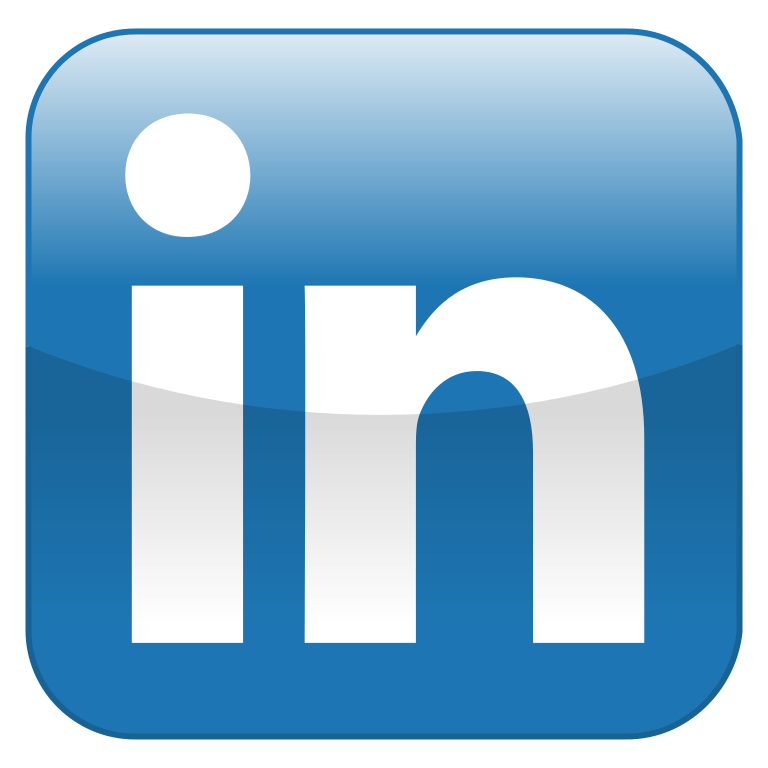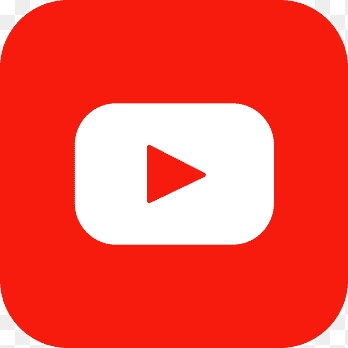Blog ▸ Candidates ▸ How to Transition from Traditional to Modern Sales
How to Transition from Traditional to Modern Sales
By Vahid Haghzare, Director Silicon Valley Associates Recruitment &
Victor Chen, Senior Recruiter, Silicon Valley Associates Recruitment
One of the top IT Recruitment Agencies in Hong Kong, Dubai, Shenzhen, Shanghai, Singapore, and Japan, SVA Recruitment is an IT and employment agency that provides jobs, executive search, and recruitment services.
Technology has greatly changed the way we do things, and no industry was exempted. Probably the most impacted by new technological advancements and the advent of the digital era in the field of sales. What once was the most effective practice of going door-to-door and company-to-company, trying to introduce what you’re selling no longer cuts it.
Although some were still able to emerge successfully using traditional sales processes, the impact of the COVID-19 pandemic made the already ailing traditional sales method even more inefficient — and even impossible.
Traditional salespeople are now faced with a problem: what do we do now? For all their lives, senior sales personnel have only known and mastered how to sell by going door-to-door, making cold calls, distributing leaflets, etc. They did well-getting leads to the end of the sales funnel through offline methods. But things have changed and now, they have to learn how to compete in today’s internet-savvy sales world.
Why Traditional Sales No Longer Works
The traditional sales process encompasses the practices of salespeople before the Internet became a thing. It involves walking through a business’s door, meeting the customer, showing them the product or introducing the service, answering questions, discussing the cost, and ultimately, if done well, will result in a sale.
The Internet is probably the biggest culprit to blame for the increasing irrelevance and inefficiency of the traditional sales process. It has changed the way consumers think and behave and has reshaped the buying process.
Probably the most significant contributor is the ready and immediate access to information. Businesses and individual consumers have unbridled access now to search engines, social media, e-commerce sites, etc. Information is available to them when they need it, and they no longer need a salesperson to learn about the features of certain products. In fact, data shows that 57% of the buying process is already completed before the customer even contacts a salesperson or walks into a store.
This is in contrast with the traditional sales process where customers who needed information requested the salesperson to bring that information to their physical location. Salespeople in the past needed to go to their customers to begin the sales funnel.
But consumers and prospective clients are no longer out in the field. The Internet has created a platform where businesses, salespeople, consumers, and the like can all reach each other in the press of a button. In reality, the Internet has taken away the need for traditional sales methods.
The Modern Sales Process
In the traditional sales process, salespeople were crucial in guaranteeing that the organization they are selling to makes a purchase. But things have changed, and technology has made it a little bit more complicated to get your consumers in the wide entry of the sales funnel and out the narrow end.
Unlike in traditional sales where the salesperson has to introduce the product or service, they have to assume that the potential consumer is already knowledgeable about it through his online research. So the modern sales process would involve marketing to ideal clients, addressing their pain points, connecting with them, and forging a smooth and pleasant transaction.
And contrary to popular belief, it doesn’t end there. Modern sales would also require post-sale relations such as following up with consumers to retain them as loyal clients. That way, a salesperson no longer has to repeat the modern sales cycle because trust and relationships have already been established.
How to Make the Transition from Traditional to Modern Sales
Developments in the perception and behavior of consumers in the digital era call for a different approach to sales, which includes new techniques like search marketing, online marketing, email, and e-commerce, among others. Here’s how to make the shift.
Build an Online Presence
Needless to say, everything now revolves around the Internet. And because your ideal consumers are there, you should be too. Everything these days starts with a search — whether you’re looking for a good brand of software to use or searching for a communication platform to utilize for your business.
In a B2B setting, your potential consumers are already reading and conducting research about your products before they even reach out to a salesperson. So you want to make sure that you are present where they are looking for information.
Online Webinars, Podcasts, and Videos
Your number one commodity when it comes to digital marketing is value. Your goal should be more than just selling your product or service. Instead, shift your attention to converting your audience into loyal clients. This, you can do by giving value.
Give your audience information that they can use to improve their lives or careers. You can share tips, news, and other data through engaging online webinars, podcasts, and videos. Giving value will help establish you as a thought leader and authority in your niche. That means people will trust that you know what you’re doing and will likely avail of your service.
Leverage Feedback
In the information age, one customer review can either make or break a business. Referrals are the strongest awareness-generating methods. And these days, people will listen to anyone — even if it’s a stranger posting a review.
There lies the importance of ensuring prime customer service. You want your customers to have a pleasant and enjoyable experience so that they will leave a good review. That review is something you can utilize to improve your online reputation and build credibility and trust from your audience.
Take Advantage of Social Media
You probably know social media sites like Facebook or Twitter to be platforms where you can stay in contact with your family and friends. But these sites are now introducing powerful advertising and marketing features for salespeople and businesses to utilize.
Everyone uses social media and oftentimes, these are the primary sources of information that potential consumers look into. So you may want to create a social media presence and segment your marketing on these platforms.
Some things you can do on social media:
Join Groups and Communities
A great deal of digital marketing involves connecting with your target audience. Your main goal is to engage and form relationships that transcend the basic buy-and-sell transaction. One way to connect with your audience is through online groups and communities.
Find a group of people who fit the criteria of your ideal clients. Ask yourself these questions: who needs your products or services the most? What is their age group? What are their interests? Knowing as much as you can about your ideal clients will help you find where they hang out online. Then, you can interact with them through groups and communities by answering comments, direct messaging, or posting content.
Social Media Ads
A lot of social media platforms, such as Facebook and LinkedIn, now have advertisement features that businesses can utilize. These are usually paid but can go a long way in making you more visible in user news feeds. But be wary about making your social media content all about ads and sales pitches. More than that, you want to focus on giving value and information to your audience.
Valuable Content
A good way to leverage social media is to give value to your audience. Contrary to popular belief, your social posts shouldn’t just be about updates. It should provide your audience with information that will captivate them and generate their curiosity. Some content ideas you can utilize are tips, news, product or service updates, testimonials, data, and research, etc.
65% of the population are visual learners. And in the age of the Internet, videos and highly attractive images are what will get people’s attention. Work on your visuals and generate enough interest and curiosity to urge your viewers to make quick decisions about what you are offering.
Create a Website
The job you used to know, i.e. speaking to potential buyers and clients and introducing your offer, can still be done — only, on a different platform. Think of a website as your voice in the online world. It’s where you can talk about your business, introduce your products or services, and convince your audience to make a purchase.
Creating a website gives your consumers the opportunity to do what they crave in this modern age: gain access to information and make a transaction. Your site is your platform to put your sales skills into good use — just as you used to, except this time, you’re doing your job digitally.
A B2B website is your greatest resource that you can utilize to engage potential clients and provide them with an informative and engaging experience. 80% of consumers look at websites to learn about and select service providers. So make sure you create a well-optimized and value-filled site.
Consider this checklist when building your website:
- It must have usable information
- It must be easy to navigate both on desktop and mobile
- It must be suited to your target audience
- It must be up-to-date
- It must feature all your social media pages
Optimize for SEO
One important aspect of building a website and publishing online content is to optimize them for Search Engine Optimization (SEO). This helps your site rise to the top results in search engines, boosting your online presence, and helping your audience find you easier.
Boost your SEO by doing intricate keyword research and finding high-volume search terms that are related to your niche. High volume means that these are the words people usually use to look for information about your service. Then, incorporate these SEO keywords into your web content, blog posts, and other materials.
Email Marketing
93% of B2B marketers use email. And that number must mean that email marketing works. True enough, email is a great way to directly connect with your potential clients or consumers. It’s a powerful vehicle you can take advantage of in order to share your brand’s content and introduce your products or services.
The reason why email marketing works is because B2B customers are essentially asking one question: how can your business help your business grow? And that is what you can and will answer through your email content.
Here are some email marketing tips:
- Stay engaging from the subject line to the signature
- Add a call to action to prompt your reader to act now
- Segment your emails to relevant audiences
- Give usable and valuable information
A Final Word
The transition from traditional to modern sales may be overwhelming. But think of it as if you’re learning a new skill — one that is relevant and beneficial in today’s digital age. Remember that a successful shift will not be abrupt. It will take time and getting used to, but considering the rapid and significant influence of tech in the consumer landscape, the transition will be worth it.
-----------
Silicon Valley Associates is ideally positioned to support the continual demand from tech companies and IT Departments looking to hire in Hong Kong, Asia, and Worldwide. Please let us know if you would further advise on the above topic or your hiring needs
Follow us on 




 to get daily updates!!
to get daily updates!!